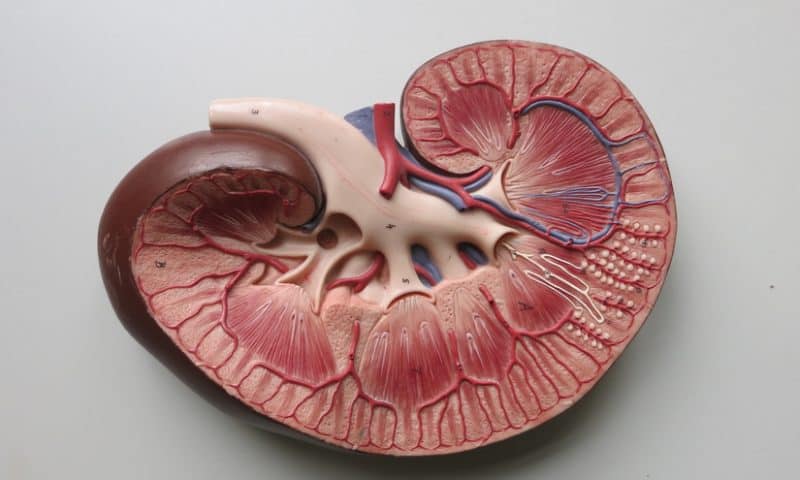After launching a collaboration nearly two years ago to bring artificial intelligence to kidney drug design, AstraZeneca and BenevolentAI believe they’ve discovered a winner.
Using its biomedical datasets, BenevolentAI’s machine learning platform predicted the existence of a novel target in the underlying cellular mechanisms that cause chronic kidney disease—which was later confirmed through experiments by AstraZeneca researchers.
The AI-generated target has been selected by the drugmaker as a new goal for its portfolio, making it the first product to come out of the companies’ partnership, which also focuses on idiopathic pulmonary fibrosis.
“The collaboration with BenevolentAI has seen our scientists work side-by-side to develop a knowledge graph that will enable us to explore and find new targets for chronic kidney disease,” said Pernille Laerkegaard Hansen, AstraZeneca’s head of renal biosciences.
“Together we are transforming how new medicines are discovered and the identification of this first target is only the beginning of what our partnership hopes to achieve,” Hansen said.
Last year, BenevolentAI also turned its programs toward finding established therapies that could be repurposed to help treat COVID-19, landing on Eli Lilly’s arthritis drug Olumiant (baricitinib). Earlier this month, results from a clinical trial published in the New England Journal of Medicine showed that combining the treatment with Gilead’s remdesivir antiviral could improve recovery times. The FDA granted the Olumiant an emergency authorization last November.
BenevolentAI’s models work to predict the potential opportunities for drugs that may be overlooked, by identifying the differences in proteins expressed by healthy and diseased cells.
“Complex diseases like [chronic kidney disease] have defied conventional research efforts,” BenevolentAI Chief Scientific Officer Anne Phelan said. “Working with our partners at AstraZeneca, we leveraged our AI models and platform tools to reason across vast quantities of curated biomedical information.”

